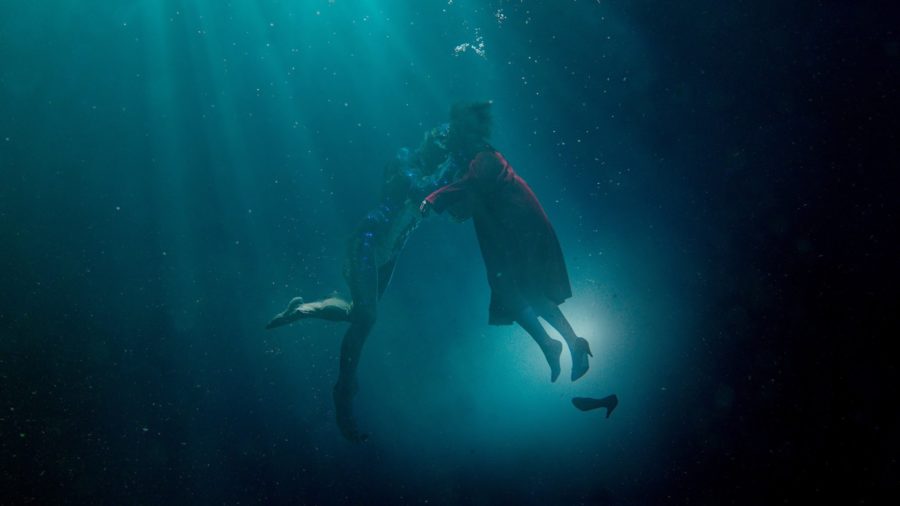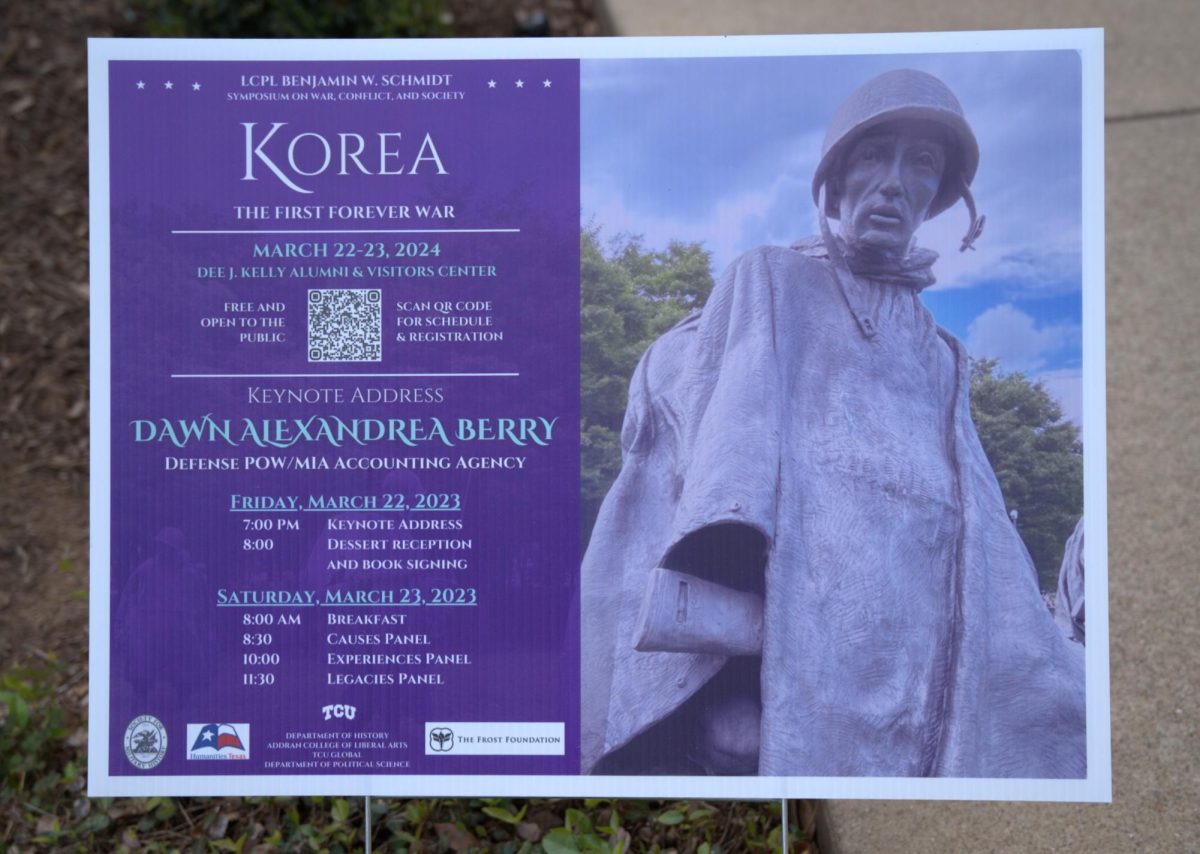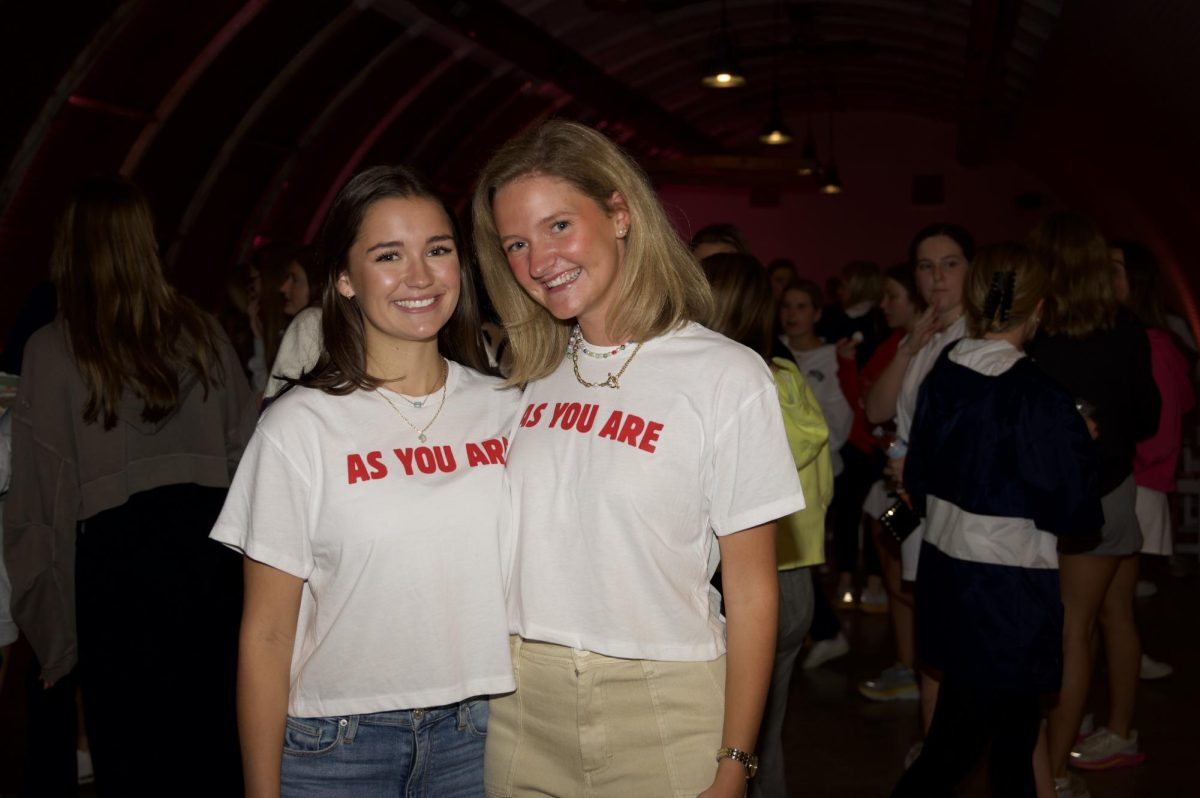It’s time for the prestige movies of the year with the Oscars right around the corner. And “The Shape of Water” is one of those movies that is turning heads and maybe an Oscar frontrunner in March.
“The Shape of Water” is a film directed by Guillermo del Toro about a woman who works as a cleaning lady in a secret government facility in 1962. Soon she discovers a new friend that is being kept in the facility. This new friend is a mysterious creature with scales from South America. She soon forms a bond with the creature that will get her in trouble.
Del Toro talked with reporters about his latest film and the transcript of that conversation is below. It has been edited for length.
Question: I’ve read that you’ve been thinking about the premise of the story since you were a child, so I was wondering what took so long to actually make the film?
Guillermo del Toro: I actually was thinking about it since I was six years old. Every time I thought about it I thought about subverting the usual structure, which was a scientist on a boat, government agents on a boat going to the Amazon, finding the creature. I was thinking to use that as the basis, and it never seemed to gel. It really left a lot to be desired for me. Then in 2011, I was having breakfast with Daniel Kraus, a guy I coauthored Trollhunters with, and I said to him, “What are you working on?” He said, “Well, I have an idea. It’s not quite written at all, but it’s the idea of a janitor that works in a super-secret government facility and befriends an amphibian man and takes him home.” I knew at that moment that politically, thematically everything would fit because I was not entering through the front door but through the service door into the story.
Question: I know you’ve worked with Doug Jones a lot in the past. I’m wondering how you think there’s been an evolution with telling stories through this way that you’ve seen when working with him?
Guillermo: I started working with Doug in 1997, 20 years ago. He was more a performer than an actor. In fact, in many ways, he was closer to a mime than an actor. His training was in mime school. Then we collaborated together in Mimic and we collaborated together in Hellboy. I felt he was fantastic as Abe Sapien but I didn’t feel he was yet an actor, actor. He was halfway between performing and acting. Then I called him for Pan’s Labyrinth and we had to talk about the characters, what they meant, and the way he delivered the characters in Pan’s Labyrinth, entirely different characters, made me realize that now Doug was a full actor, not just a performer, certainly not just a mime. He was able to stand his ground with any actor you put in front of him.
Question: It’s really unconventional to have two of your main characters in the film not be able to communicate with each other in a conventional way. What was the decision behind that?
Guillermo: The first thing is that I think that words can lie but looks cannot. I wanted to have characters that were able to communicate to the audience their emotions and their love through looks, touch, and body language and essence because it’s impossible to talk about love. You can sing about love but you cannot talk. The idea is that Sally, the main character, Eliza, and the creature have this in common. They are not looked at as complete beings, and yet they are. They are reduced to ideologies or ideas that are more reductive than their complexity, to the point that the creature is actually read by different people as different things throughout the film. The only one that sees Eliza exactly as she is without seeing her incomplete is the creature, is this elemental God from the Amazon that is as much a singularity as she is.
Question: We get to the scene that isn’t black and white and yet not only does Sally Hawkins’ character have a voice but she is singing and performing. Can you tell us a little bit about the choices that you’ve made in that scene and the choices with going into black and white and not doing a silent film in black and white from the start?
Guillermo: We present the characters through cinema. She lives above a theater. She listens to movie soundtracks and dialogue all day long because it filters through her floor. Then she loves musicals with Giles, to watch them on TV and you see her trying to dance. There’s a magical moment in which her emotions overtake her imagination and she goes to a world in which she has a voice and she can sing, and she can dance and everything is perfect. I think it’s magical because that’s the only way you can talk about love is by singing.








